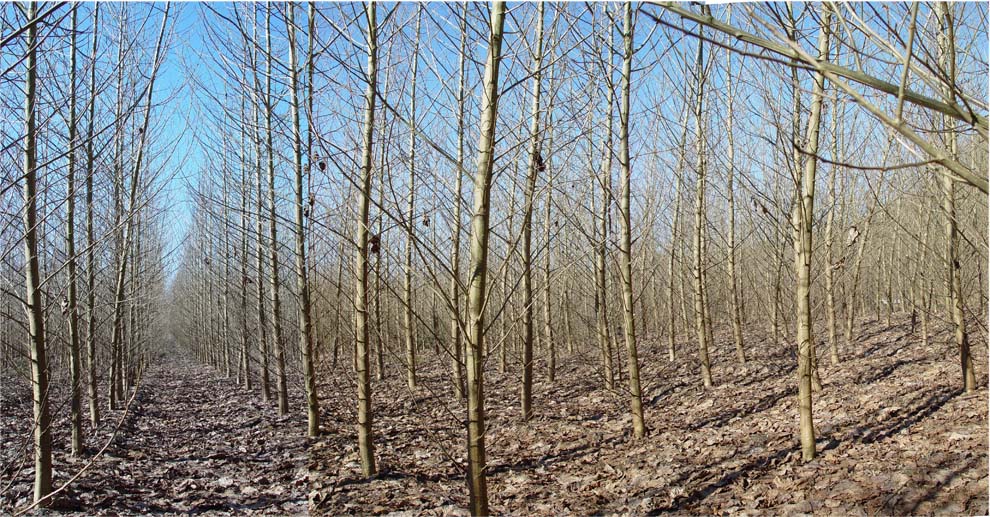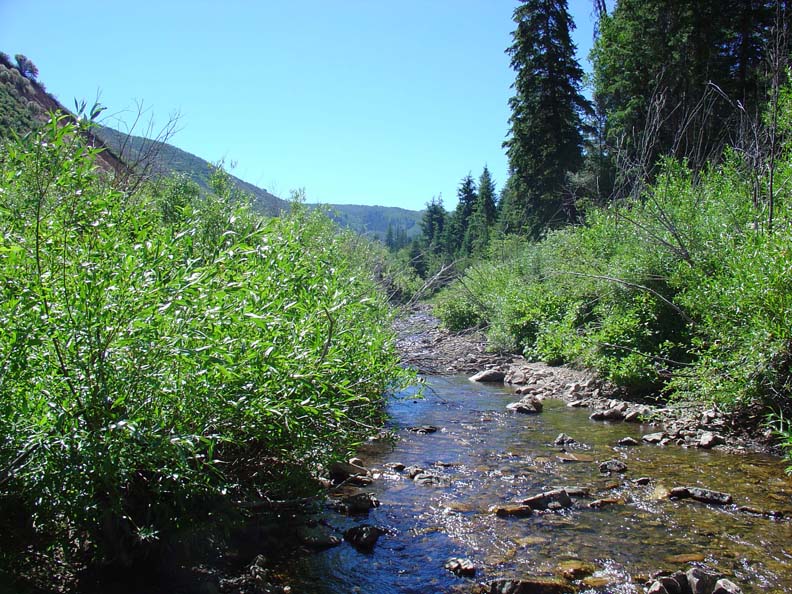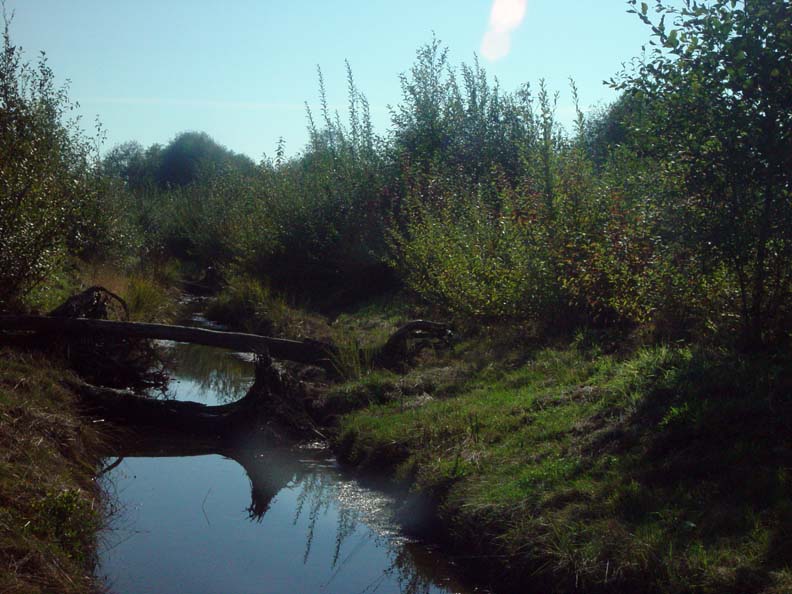
The commercial timber plantation, poplars, eucalyptus or conifer species are biological deserts. It is true that the watershed is protected so far as soil erosion and rates of runoff but there are many other services to the ecosystem that should be considered.
In contrast to the sterile plantation look at a natural forest. In this case here is a moist mixed deciduous forest of the Pacific Northwest, Washington State.
Yet how do we go about to restore this diversity and ecological function in an urbanized or agricultural production area along a riparian corridor.
Here is how I go about this:
Here is how I go about this:
Find a natural habitat near your community that is more or less undisturbed.
Make a listing of the plants that occur there naturally and learn how ecological succession and habitat specialization, such as soil type, is related to the species nature has allowed to succeed in this place.
For example: Here is a stream habitat in high elevation, Utah State that is much different from the moist forest of the Pacific Northwest.

Notice the distinct differences in vegetation types of the upland natural conifer forest and the riparian corridor. Also look at the natural sampling of species in this stream-side mix.

Notice the distinct differences in vegetation types of the upland natural conifer forest and the riparian corridor. Also look at the natural sampling of species in this stream-side mix.
Try to emulate a local natural place in your restoration project.
Select appropriate plants for each particular site (each plant has its unique requirements and most sites have a variety of conditions). While there's not usually a problem with occasional use of exotic plants, native plants have evolved to local conditions over millions of years and form an integral part in the life cycles of the local wildlife; they also give an area its unique sense of place.
Even with a widely distributed species local seed sources assure a better adapted plant
Here is a completed riparian restoration project in Western Washington State:

What was once a reed canary grass choked watercourse is now functional habitat for natural fishes and wildlife

What was once a reed canary grass choked watercourse is now functional habitat for natural fishes and wildlife
In biological terms, a community is a group of interacting organisms sharing an environment. We the humans are also a part of this community. Recognition of ecosystem services returns to us tangible economic and aesthetic benefits



No comments:
Post a Comment